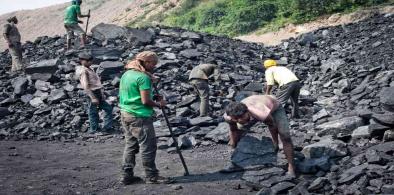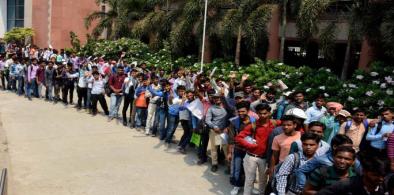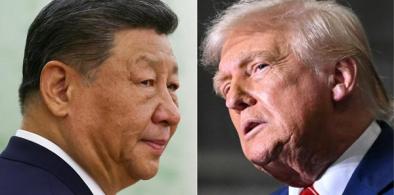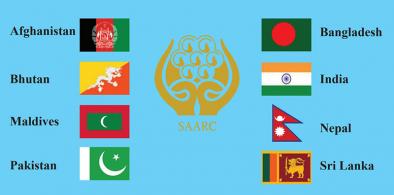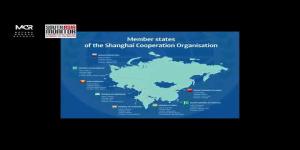An important pillar of CSR is the role of non-government organisations (NGOs) as partners in channeling funds to social sectors. While NGOs are committed to social development, their work is severely constrained without funding support. CSR funding strengthens the NGO ecosystem, while corporates gain a credible channel to fulfil their ethical…
Breadcrumb
- Home
- Contributors
- Contributors
- Partha Pratim Mitra

Partha Pratim Mitra
About Partha Pratim Mitra
The writer is a retired special secretary in India's labour ministry.
‘Just Transition’ Process in India’s Coal Industry: Need for a Greater Role for Workers
- Nov 04, 2025
Importantly, coal reserves are concentrated in economically disadvantaged states, where people rely directly on mining jobs and indirectly on linked activities. Thus, while the closure of coal-based assets is central to a long-term transition, it will be highly disruptive for both the sector and local communities if the transition is not…
Demographic Dividend: Why South Asia Is Not Able to Fully Reap It
- Oct 21, 2025
Demographic data show South Asia’s working-age population rose from 66.7% (2019) to 67.9% (2024), while the share in high-income countries fell from 65.6% to 64.7%. South Asia’s vast diaspora can further strengthen the region by leveraging knowledge networks, remittances, and investment flows.⁸
Rising Youth Unemployment in India a Cause for Concern: Skill Development Will Need to Factor Global Shifts
- Sep 01, 2025
Two demographic shifts are increasingly seen to be transforming global economies and labour markets: aging and declining working-age populations, predominantly in the developed economies, and expanding working-age populations, predominantly in the less developed economies.
US Positioning on Crypto Currency has implications for BRICS and South Asia
- Aug 18, 2025
With the Ukraine war and the resulting sanctions making it difficult for Russia to trade with its allies, being barred from using SWIFT or the US dollar, it resulted in Russia resorting to local currencies to trade that resulted in the …
South Asian Nations Recalibrating Role, Balancing Trade Ties with US and China
- Jul 24, 2025
China’s presence in South Asia has expanded considerably since the launch of the BRI in 2013. Beyond trade and infrastructure, it has emerged as a provider of military hardware and a key influencer in education, media, and policy discourse. China's outreach in smaller South Asian countries is multifaceted, ranging from party-to-party diplomacy…
India’s Credit Puzzle: Rising Defaults and the Fragile Promise of Financial Inclusion
- Jun 09, 2025
In a consumption-driven economy like India, expanding credit access—through microfinance NBFCs and fintech lenders—is crucial. However, regulators aInd policymakers must closely monitor this space to avoid large-scale defaults. While underserved consumer segments depend on such loans for upward mobility, repayment capacity must not be…
Financing Sustainable Development: South Asia’s Struggles Amid Global Shifts
- Apr 08, 2025
South Asia faces mounting challenges in financing sustainable development due to global funding gaps, debt pressures, and shifting U.S. policies. Explore the latest trends, data, and implications.
South Asia: Redistributive growth needs to be the mantra for policymakers
- Oct 28, 2024
It is estimated that about 37% percent of the world’s 1.1 billion multi-dimensionally poor people live in South Asia. And an estimated 272 million poor people in the region live in households with at least one undernourished person.
Emerging practices in channelising green finance : Global learnings for South Asia
- Aug 26, 2024
There is a strong case to develop MVI for all countries of South Asia based on climate and other vulnerability indicators so that these countries could access and channelise green finance to fulfil their SDG goals.
Pagination





